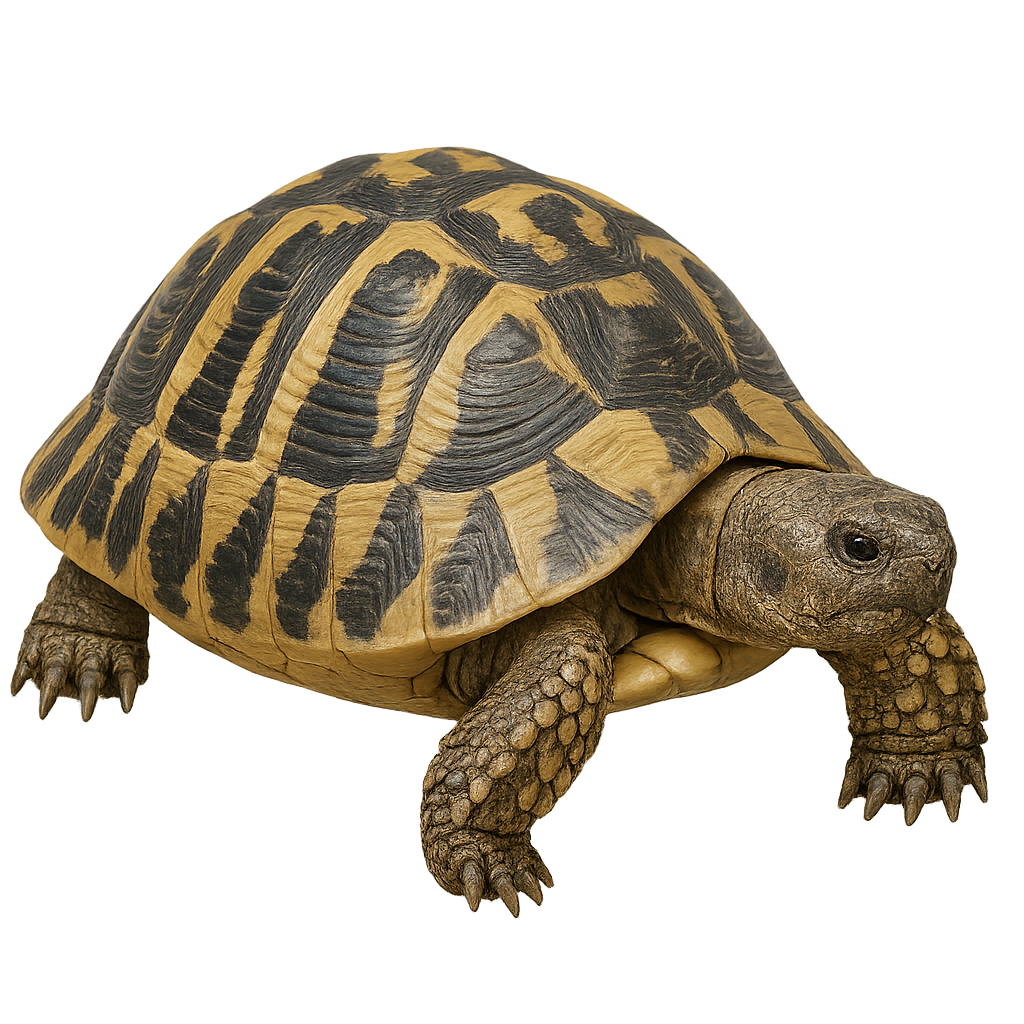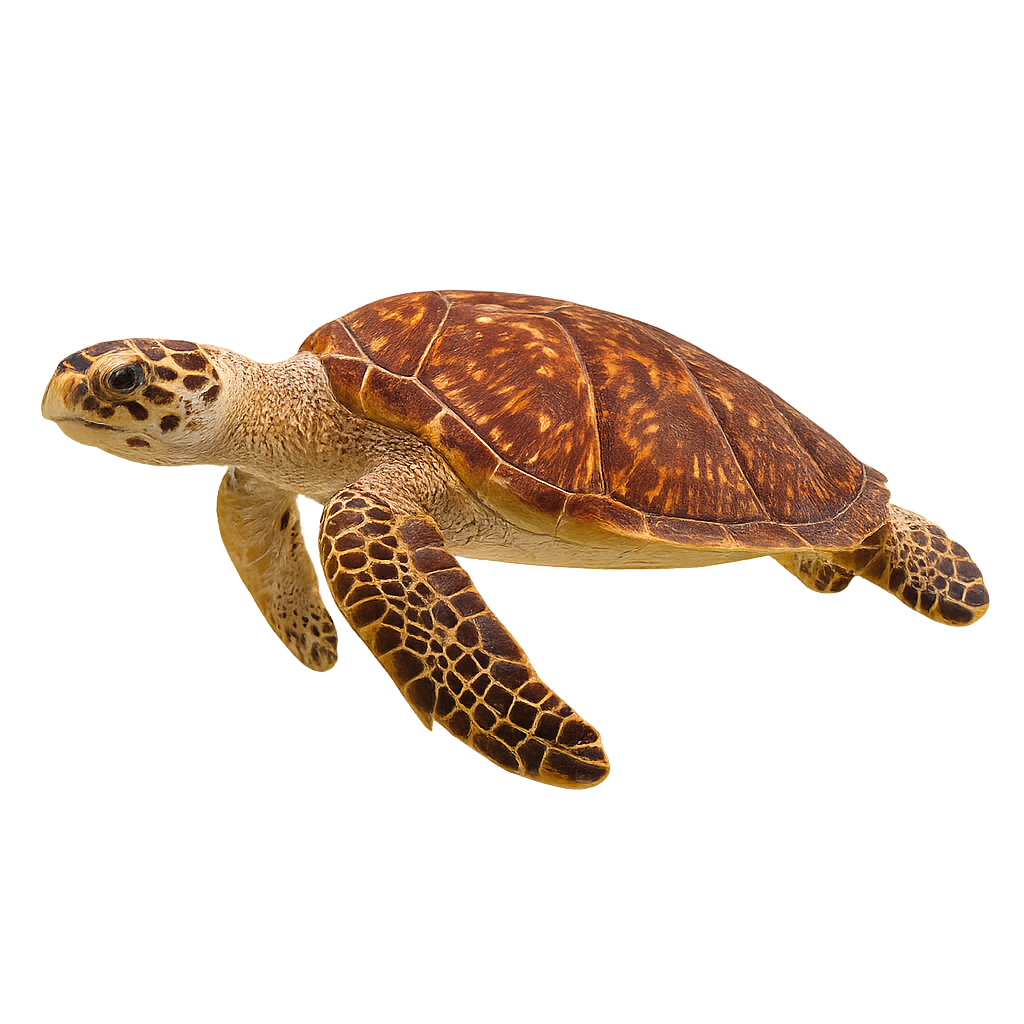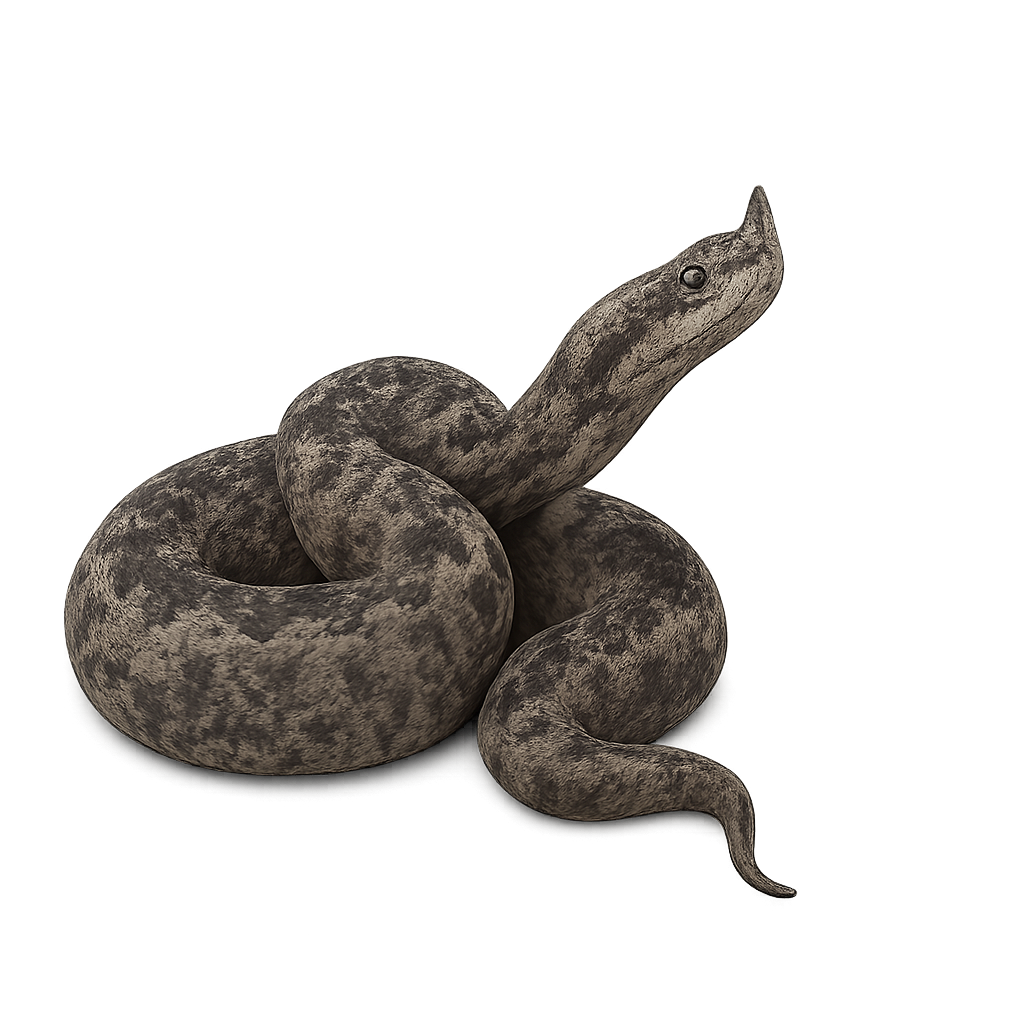Your wildlife tracking tool..
Browse 2,846species by country, track observations, and plan your photo outings.
Your global reference for wildlife photography
WildlifePhotographer gives you access to over 2,846 wildlife species sheets to help you identify, understand, and photograph wildlife around the world. Mammals, birds, reptiles… each sheet provides key information: habitat, activity, life cycle, signs of presence, and tailored photo tips.
Our database grows every week with new iconic species. To go further, access maps, reminders, logs, and personalized statistics in the app — designed to meet the real needs of wildlife photographers in the field.
Hermann's tortoise
Testudo hermanni
The Hermann’s tortoise is a Mediterranean terrestrial tortoise, 15–20 cm long, with a yellowish carapace patterned with black markings. Endemic to the shrublands and garigues of southern Europe, it also inhabits open woodlands and rocky grasslands, feeding on leaves, flowers, and small fruits. During breeding (May–June), males engage in head-bobbing displays and scrape the soil before nesting.
Hawksbill sea turtle
Eretmochelys imbricata
The Hawksbill sea turtle is a widely recognized species of sea turtle, known for its shell's overlapping, tile-like scales, from which it gets its name. It is primarily found in the warm tropical and subtropical waters of the Atlantic, Indian, and Pacific Oceans. This marine reptile is primarily carnivorous, feeding on jellyfish, fish, and crustaceans. The Hawksbill is particularly vulnerable due to habitat loss from pollution and illegal collection of its shell. It is also threatened by illegal fishing and loss of nesting beaches.
Horned Viper
Vipera ammodytes
The horned viper, scientifically known as Vipera ammodytes, is a venomous snake found primarily in the Balkans and parts of Southeast Europe. It is distinguished by its triangular head and the unique horn-like structure on its snout. Its coloration ranges from gray to brown, with zigzag patterns along its back, providing excellent camouflage in its natural rocky and dry habitats. This species is typically found at altitudes from 0 to 2000 meters. Although its venom can be dangerous to humans, bites are rare and usually occur only when the snake feels threatened.




